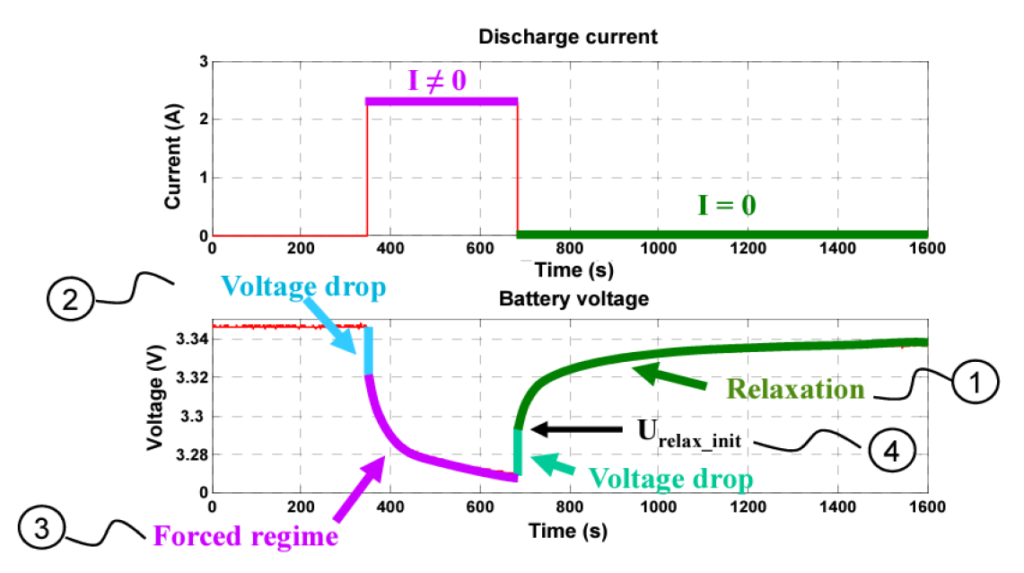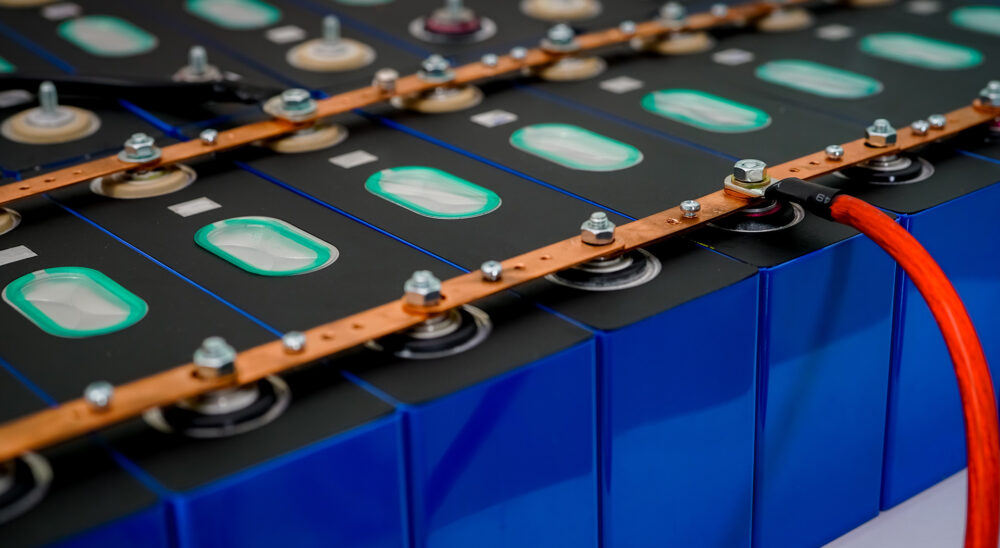Lithium-ion (Li-ion) batteries play a crucial role in seamlessly integrating renewable energy sources like wind and solar power into our electrical grids. Furthermore, Battery Energy Storage Systems (BESS) powered by these Li-ion batteries counteract the inherent variability and unpredictability of renewable generation, significantly boosting the grid’s reliability. In this research, Zandile Moyo under supervision of Dr Fredrick Mwaniki, uses System Identification (SI) and Parameter Estimation (PE) processes to model the internal impedance and behaviour of a Li-ion battery cell. This research is essential as batteries are becoming increasingly crucial in various industries, including electric vehicles, renewable energy, and portable electronics. Before deploying Li-ion cells in BESS, it’s essential to meticulously study and optimise them. Moreover, tracking their remaining useful life and state of health (SOH) under fluctuating conditions (temperature, State-of-Charge/SOC) is paramount for effective battery management. Crucially, battery impedance, a frequency-dependent property, profoundly influences SOH and SOC, particularly in the 1 Hz to 1 kHz range. Robustly modelling the broadband impedance of a Li-ion battery promotes optimal battery management and dependable operation. System integrators also benefit from precise battery cell modelling, empowering accurate network simulations. Figure 1: Response voltage of a Lithium-ion battery to a discharge pulse A Li-ion battery’s impedance is often derived by analysing its voltage and current responses to an injected excitation signal. For this purpose, this thesis utilises the novel Pseudo-random Impulse Sequence (PRIS), which is a broadband bipolar excitation signal. To avoid battery damage and guarantee enough spectral energy for impedance testing, the PRIS excitation source is fine-tuned by adjusting its resistor, inductor, capacitor (RLC) network, and Direct Current (DC) voltage input. Fourier techniques are applied to the battery’s excitation response voltage and current signals to calculate its impedance. The research introduces a new excitation method designed to achieve high-precision Li-ion cell impedance measurements. The approach entails splitting the desired frequency range into numerous bands. These bands are individually perturbed with optimised excitation settings to boost the signal-to-noise ratio, lower variance, and minimise bias. It employs PE techniques based on the physics-based Equivalent Circuit Model (ECM) approach to characterise and model the impedance of Li-ion battery cells. MATLAB is used for simulated PE, while ZView software facilitates PE using real-world experimental data. To study the impact of SOC on impedance, we perform discharge tests, measuring cell impedance at various SOC levels using the proposed excitation method. Our research validates that the optimised PRIS source paired with our unique excitation methodology improves the accuracy of Li-ion battery impedance measurements, resulting in enhanced battery modelling. Across all relevant frequencies, the validated Li-ion battery cell model (developed through PE) exhibits excitation responses closely aligned with the actual system behaviour. The impact of SOC on impedance is clearly observable, especially in the mid-to-lower frequency range. In conclusion, the PRIS and our proposed excitation method have been proven highly effective in Li-ion battery impedance measurement and modelling. To download and read the full thesis, visit: https://scholar.sun.ac.za/items/8e7af1e6-70e2-4362-a9ed-f19728e30fcc Optimising Li-ion Batteries for BESS

Measuring Li-ion Battery Impedance
Enhancing Li-ion Impedance Measurements and Modelling Li-ion Battery Impedance
Research Outcomes and Conclusion





